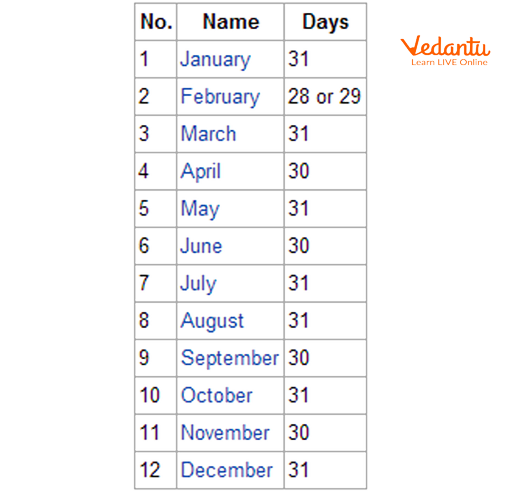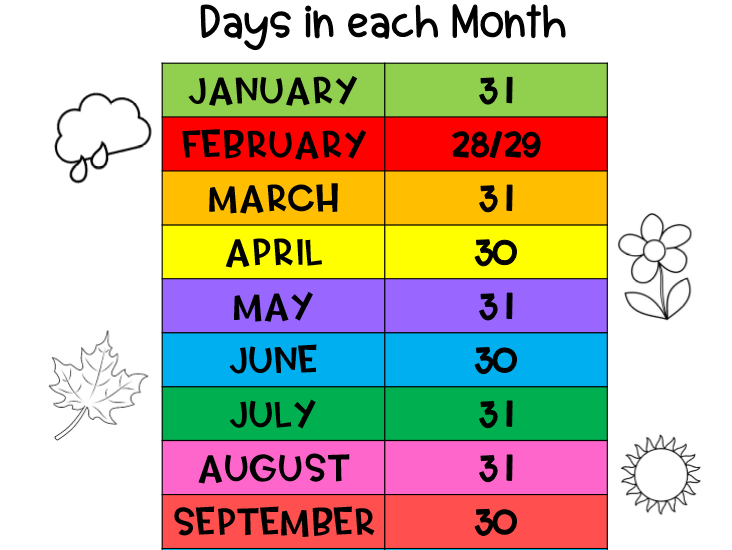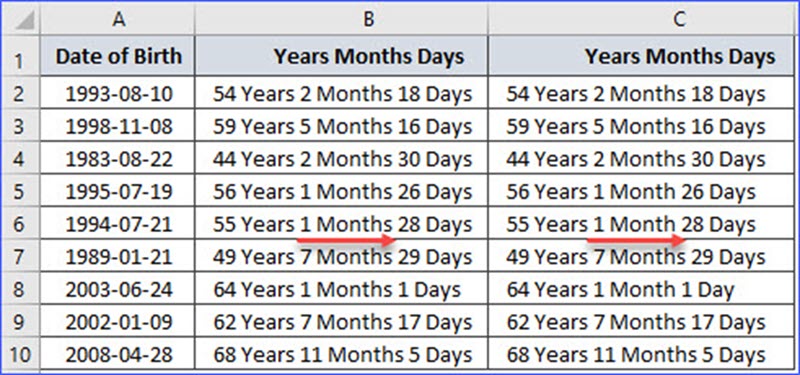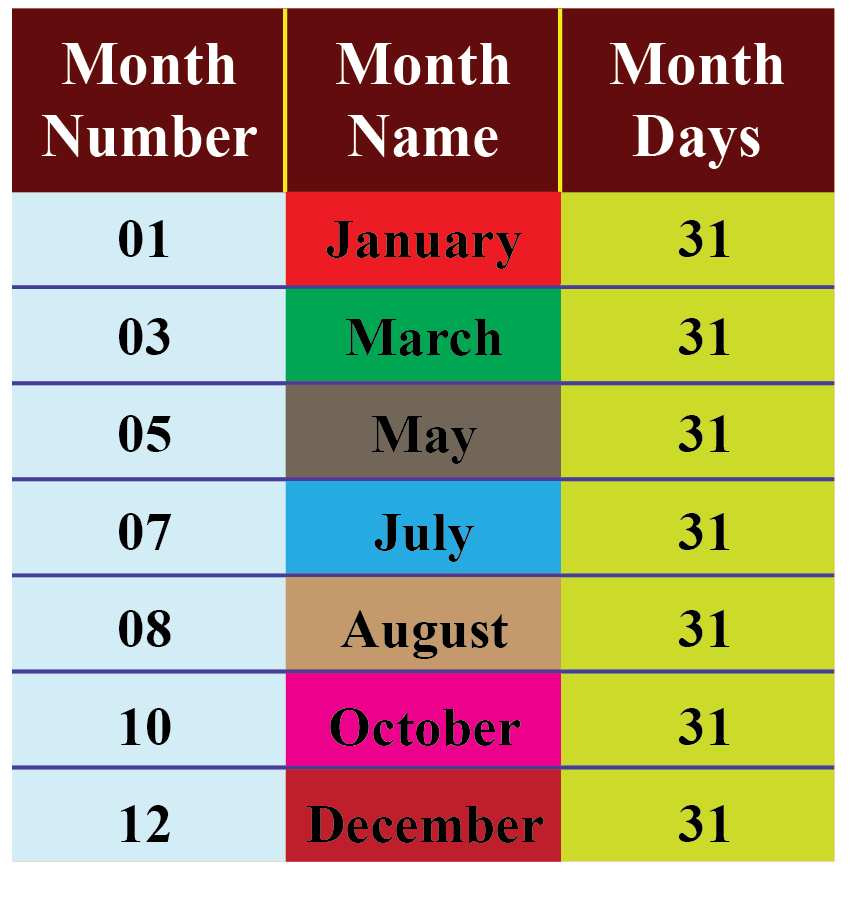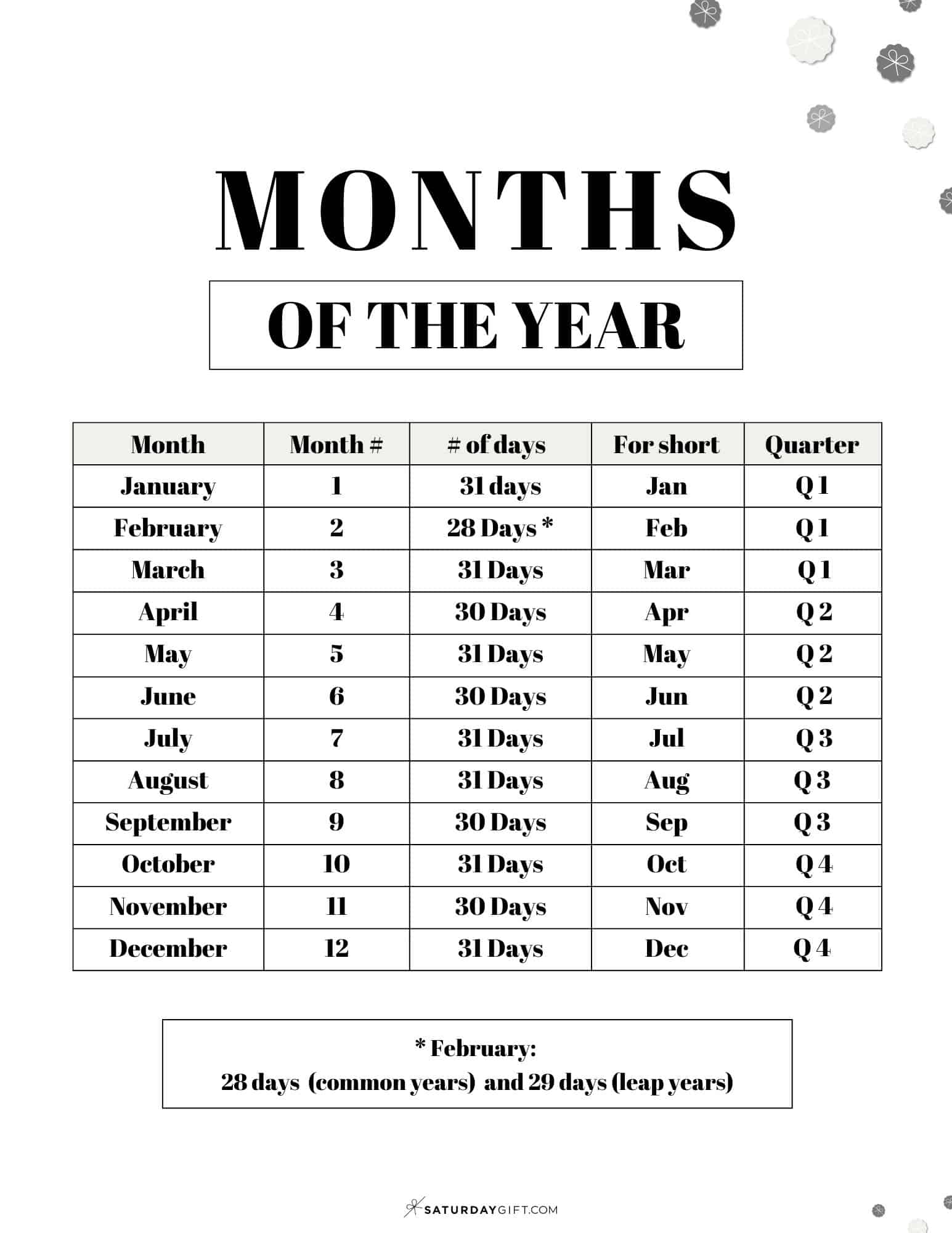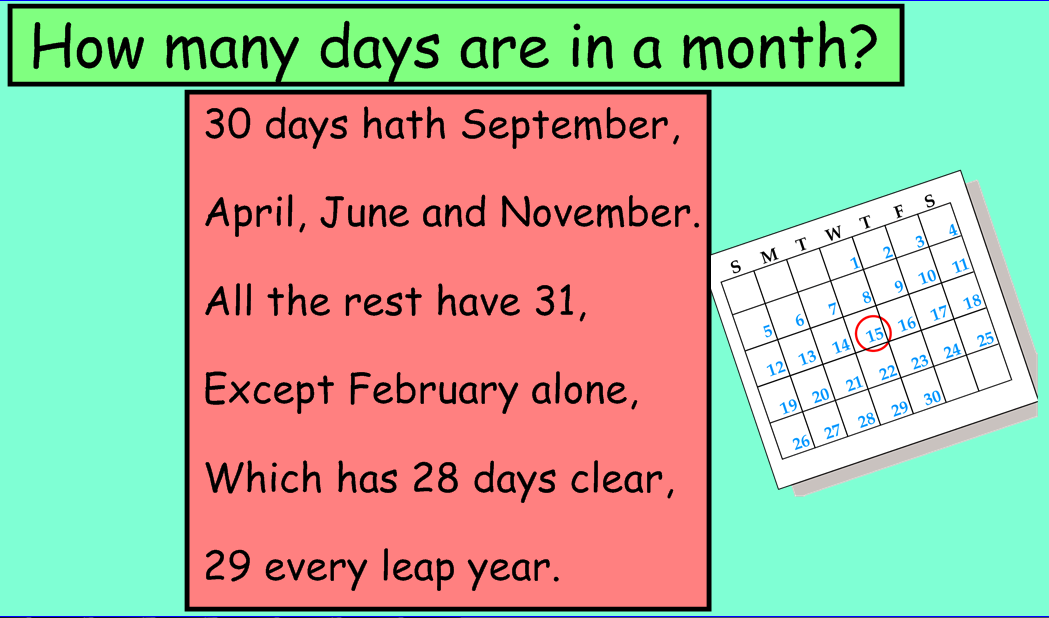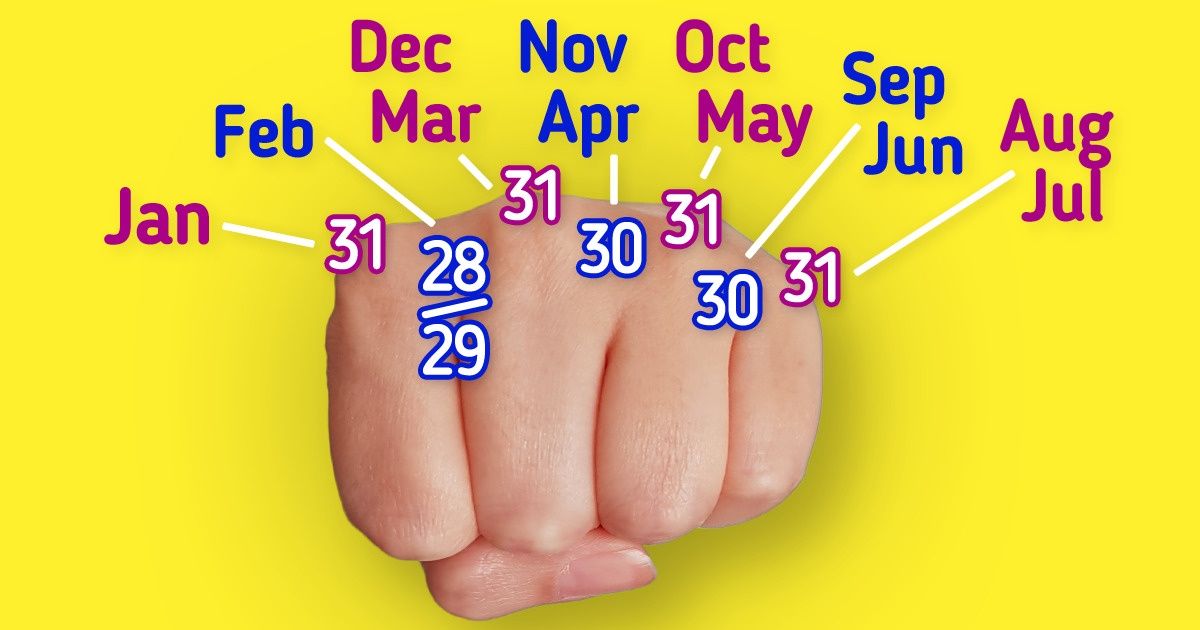How Many Months Is 117 Days

The calendar on the kitchen wall seemed to mock Amelia, its neat squares filled with deadlines and appointments. 117 days until her sister's wedding, a number that loomed large, a constant reminder of the dress alterations, travel arrangements, and the seemingly endless to-do list. She sighed, grabbing a mug and wondering, in the grand scheme of things, just how much of her life this 117-day period would actually consume. How many months, really, was it?
At its core, converting days to months requires a bit of calendar juggling. While it's a seemingly simple calculation, the non-uniform length of months means there's no single, universally correct answer. For practical purposes, 117 days is roughly equivalent to 3.8 months, or closer to almost four months, depending on how you choose to average it.
The reason this seemingly straightforward question has a slightly complex answer lies in the quirky nature of our Gregorian calendar. Most people casually associate a month with roughly 30 days, but the reality is far more varied. February, with its 28 days (or 29 in a leap year), is the shortest, while months like March, May, July, August, October, and December boast a full 31 days.
This irregularity isn’t an accident. The history of the calendar is a long and winding one, marked by attempts to align human timekeeping with astronomical cycles, especially the Earth's orbit around the Sun. Early calendars, like the Roman calendar, underwent numerous revisions to maintain some semblance of accuracy.
Julius Caesar, with the help of the astronomer Sosigenes, introduced the Julian calendar, which included a leap day every four years. This was a significant improvement, but it still wasn't perfect. The average year in the Julian calendar was slightly too long, leading to a gradual drift from the actual solar year.
Later, Pope Gregory XIII introduced the Gregorian calendar in 1582, which is the calendar we primarily use today. The Gregorian calendar refined the leap year rule, skipping leap years in years divisible by 100 but not by 400 (e.g., 1900 was not a leap year, but 2000 was). This adjustment brought the calendar year much closer to the solar year.
So, back to our original question: How many months is 117 days? There are a couple of ways to approach this conversion. The simplest method is to divide 117 by the average length of a month.
To calculate that average, we can consider that there are 12 months in a year and approximately 365.25 days in a year (accounting for leap years). Dividing 365.25 by 12 gives us an average month length of roughly 30.44 days.
Therefore, 117 days / 30.44 days/month ≈ 3.84 months. This gives us a rough estimate of about 3.8 months.
Another way to think about it is to consider specific months. For instance, you could calculate how many full months and remaining days are included within the 117-day period starting from a particular date. However, this would depend heavily on the starting date.
Let's say the 117 days start on January 1st. We'd have the full months of January (31 days), February (28 days), March (31 days), and then 27 days into April. That's three full months and almost a fourth.
Practical Applications
This kind of calculation is more than just a mathematical curiosity. It has practical applications in various fields. In finance, for example, loan terms or investment periods are often expressed in days, and converting them to months helps in comparing different financial products or forecasting returns.
In project management, understanding the equivalent number of months for a project's duration (expressed in days) can provide a clearer sense of the timeline. It allows project managers to allocate resources effectively and track progress against milestones. Similarly, in healthcare, medication schedules or treatment plans are sometimes given in days, and converting them to months can help patients better understand and adhere to their regimens.
Legal contracts, leases, and other agreements also frequently use day counts for various durations. Converting these durations into months provides context and allows stakeholders to grasp the timeframes more intuitively.
Real-World Examples
Imagine a construction company that has been given 117 days to complete a small building project. Thinking of it as almost four months can make it easier to plan phases of construction, schedule contractors, and order supplies.
Consider a pharmaceutical company conducting a clinical trial. A drug might need to be administered for 117 days, and expressing this as approximately 3.8 months can make it easier for doctors to understand the length of treatment compared to other therapies.
Or think of a software development team assigned to fix a bug within 117 days. Visualizing this as almost four months allows them to better organize their sprints and allocate resources to meet the deadline.
Beyond the Numbers
The process of converting days to months highlights the arbitrary nature of some of our timekeeping conventions. While days are rooted in the Earth's rotation and years in its orbit around the Sun, the concept of a month is a bit more… human. It’s a construct designed to divide the year into manageable chunks, but with all its inconsistencies.
Thinking about time in different units can also shift our perspective. 117 days can seem like an eternity when you're stuck waiting for something, but it can also fly by in a blur of activity. It all depends on how we choose to fill those days.
Back in Amelia's kitchen, perhaps understanding that 117 days is roughly 3.8 months can give her a bit of breathing room. It's a finite period, a segment of her life that she can plan for and navigate. It’s not an endless stretch but rather a manageable chapter, with a clear beginning and an approaching end. The wedding, and the celebration with her sister, would come soon enough.

